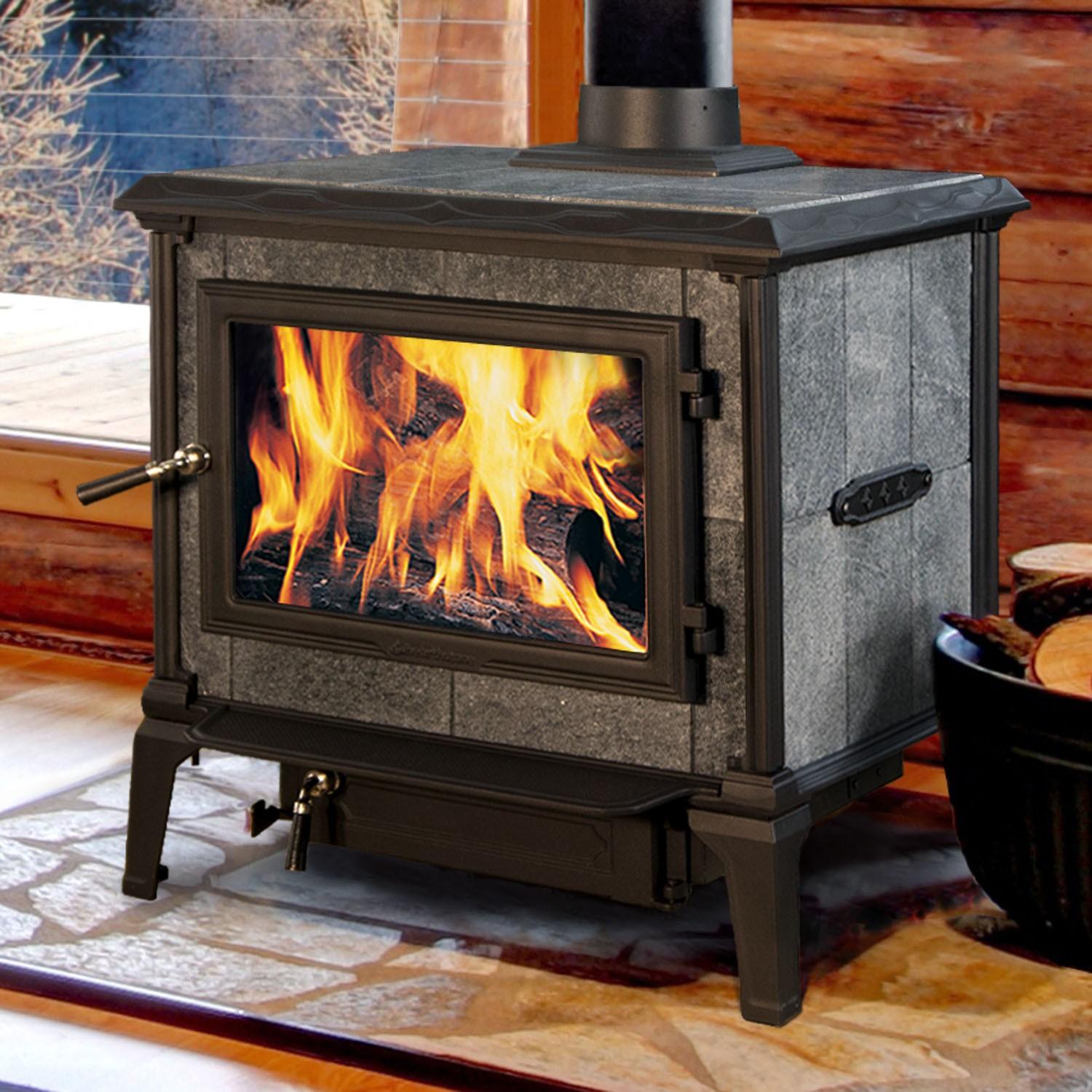
These daily reminders tell me how the system is functioning, and I know that if I fail to receive one, that there is a problem with either the power or internet systems.
Off grid heating generator#
Set the house to send daily emailed status reports giving conditions of the solar system, including power generated, power used, generator run time, battery temperature. I plan to discuss some of these steps more thoroughly in a future post, so I'll just highlight briefly here those that aren't heat related. So we have no desire to repeat the emergency situation that we found ourselves in for a good chunk of that first winter, and have taken quite a number of steps in service of making our home more resilient in the face of future mechanical problems. Steps taken to make the house more resilient going forward: It did take a very serious set of combined circumstances to bring down the house, consisting of it being the coldest week of the year, we were away for a week visiting family at Christmas, there were several snowy days covering the solar panels and preventing power generation, and the final straw of the backup generator breaking down. There was glycol in the mix as an antifreeze, but apparently the installer did not put enough. We lost power that winter and had a few frozen water pipes, as well as a break in one of the hydronic heating lines.
Off grid heating full#
The other problem is that the hydronic system is sensitive to freezing, which occurred early in 2013 (our first full winter).

Running full power, the heating system requires approximately 400W for the boiler and circulation pumps, meaning that if it runs for 10 hours per day (which can happen on the coldest days of winter), the heating system alone needs 4 kWh/day, which is almost the full amount of our target daily electricity budget. The issue is that the system requires a constant, and quite significant, supply of electricity at the time of year when it is most difficult to generate power from the PV system. We aren't there all the time to run the wood stove, meaning that the boiler system really needed to carry the load. The big problem with our heating system was that it was relatively complex and brittle. The problems associated with the first effort For the year of 2015-16, propane use was reduced slightly at 350 gallons, and we again burned nearly 1 full cord of firewood. For the wood stove, we burned just a bit less than a cord of wood the winter of 2014-15, and had a fire in the stove during at least part of the day during most every day that we were there last winter. My best guess is that 75% of that, perhaps 300 gallons of propane, went to space heating. The stove is located in the open concept upstairs, and in just a few hours it can take the 1000 square foot high ceiling space from sweater temperatures to shorts weather. It is a relatively small (42,000 btu) high-efficiency stove out of Norway, but it is more than sufficient for our well-insulated home. The secondary heating system, and the one that I enjoy using much more, is a free-standing wood stove, a Jotul F3CB to be precise. We have to wear warm sweaters when we first get in the door, but then have a full day where the floor is toasty warm. As the house is used primarily as a weekend retreat in the winter, we turn up the heat considerably when we first arrive. Some people with heated floors don't get to have the warm foot experience that often with high efficiency homes, but this has not been the case for us. This system provides amazingly warm and comfy floors in the bedrooms when we run the heating system.

The system has a heated concrete floor in the lower level with four zones (one for each bedroom and one for the bathroom), and two hydronic baseboard registers upstairs.

We installed a hydronic heating system powered by a propane fired boiler (a Trinity LX150).


 0 kommentar(er)
0 kommentar(er)
